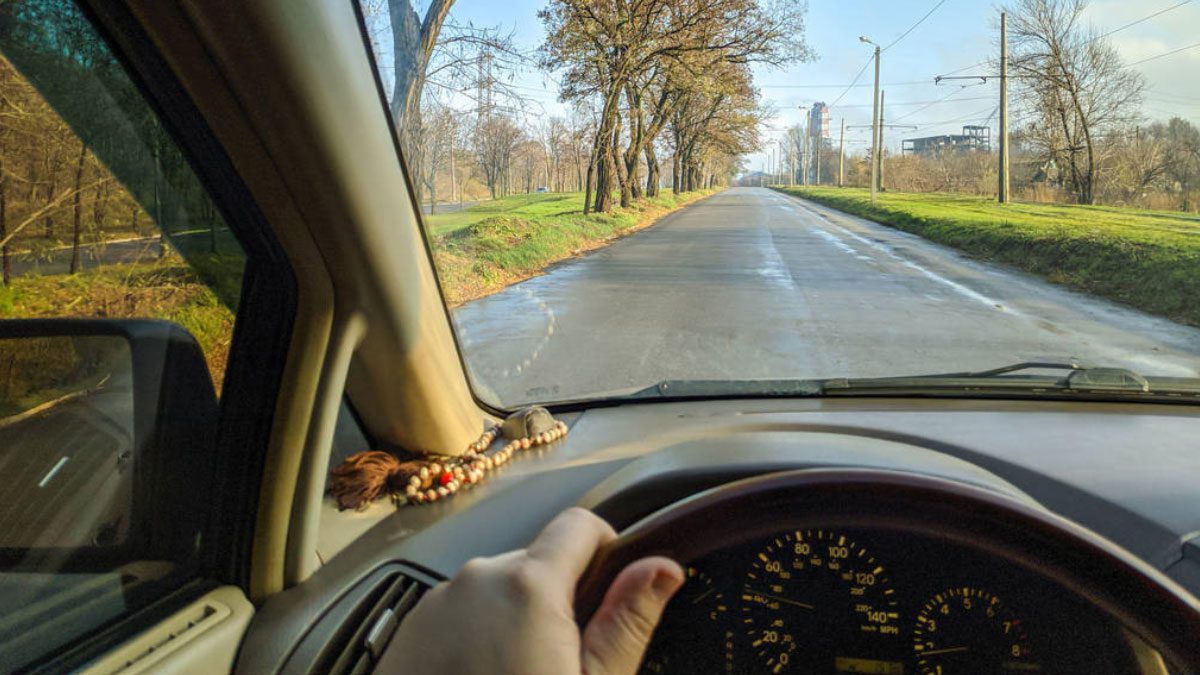Can You Drive a Car With Low Oil Pressure?
When it comes to maintaining a car, one of the most crucial components to keep an eye on is the oil pressure. Low oil pressure can spell trouble for your vehicle’s engine, leading to costly repairs and engine failure.
So, can you drive a car with low oil pressure? The answer is no. It is not safe to drive a car with low oil pressure. Oil is the engine’s lifeblood; without it, its moving parts will rub together, causing friction, heat, and damage. Thus, driving with low oil pressure can lead to engine failure, which can be costly and dangerous.
By reading on, you will learn more about why driving a car with low oil pressure is unsafe, the signs of low oil pressure, and what to do if you find yourself in this situation.
What Are the Symptoms of Low Oil Pressure?
Here are the symptoms of low oil pressure that you should look out for.
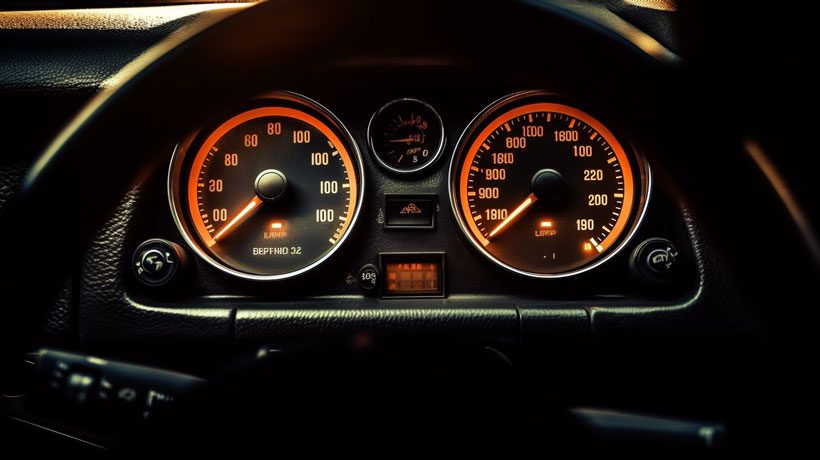
Warning Lights on the Dashboard
This light may appear as an oil can or a drop of oil, indicating that the oil pressure is below the recommended level. If you see this warning light, you should pull over as soon as it is safe to check your engine’s oil level.
Get more insights from this YouTube on how to fix low oil pressure warning lights.
Engine Making Unusual Noises
You may hear a knocking or ticking sound, indicating that the engine is not receiving enough lubrication from the oil. This is because the oil is responsible for lubricating the engine’s moving parts, and when the pressure is too low, it cannot do its job effectively.
Poor Performance and Decreased Fuel Efficiency
Low oil pressure can also affect the performance of your vehicle. You may notice that the engine is not running as smoothly as it used to, and fuel efficiency may decrease.
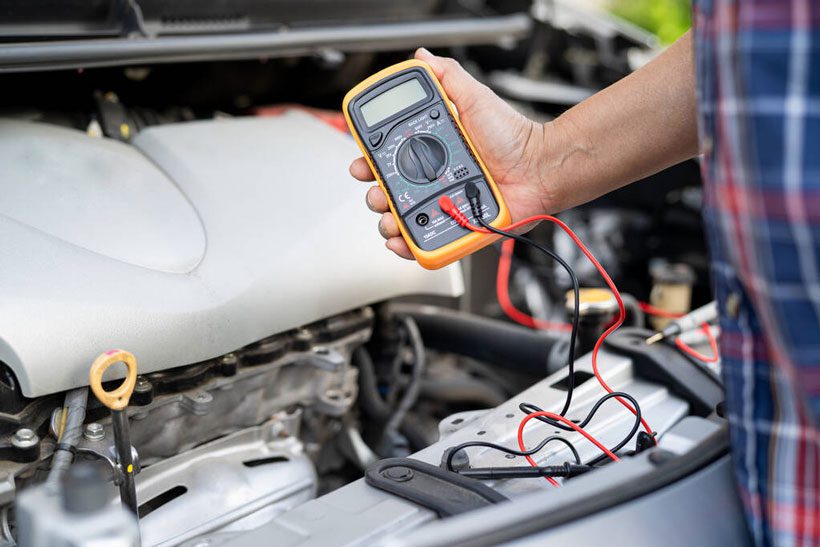
The smell of Burning Oil
If you notice a strong smell of burning oil from your engine, this could indicate low oil pressure. When the oil pressure is too low, the engine can overheat, which can cause the oil to burn, producing a distinct odor.
What Are the Causes of Low Oil Pressure?
Some of the causes of low oil pressure include

Low Oil Level
When the engine oil level is too low, it can result in low oil pressure. This is because the oil pump has to work harder to circulate the remaining oil, which can lead to reduced pressure. It is essential to check the oil level regularly and top it up as needed.
Oil Pump Failure
The oil pump is responsible for circulating oil throughout the engine, which helps lubricate moving parts and regulate temperature. If the oil pump fails, it can result in low oil pressure. This can happen for several reasons, including worn-out pump gears, clogged oil passages, or a faulty relief valve.
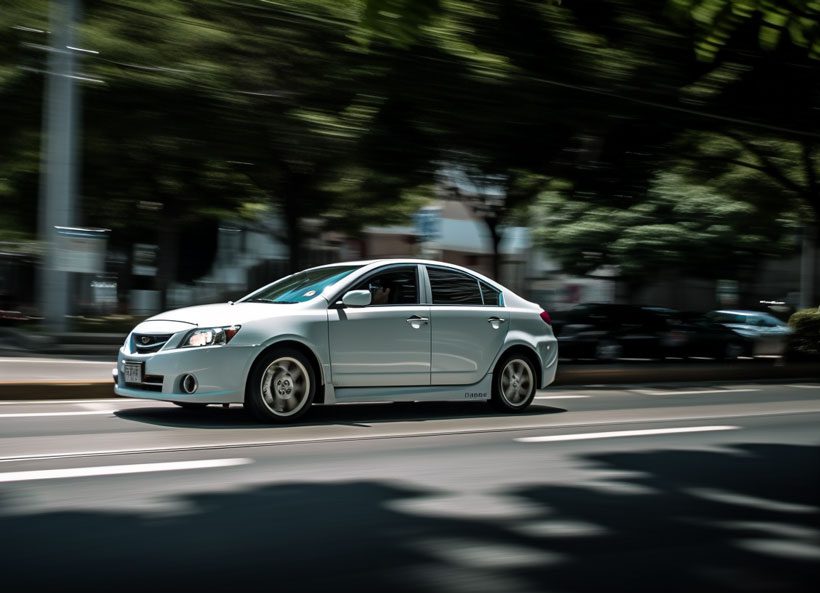
Oil Filter Blockage
The oil filter is designed to remove contaminants from the engine oil before it circulates through the engine. If the oil filter becomes clogged, it can restrict oil flow and lead to low oil pressure. This can happen if the filter is not changed regularly or if it is the wrong type for the engine.
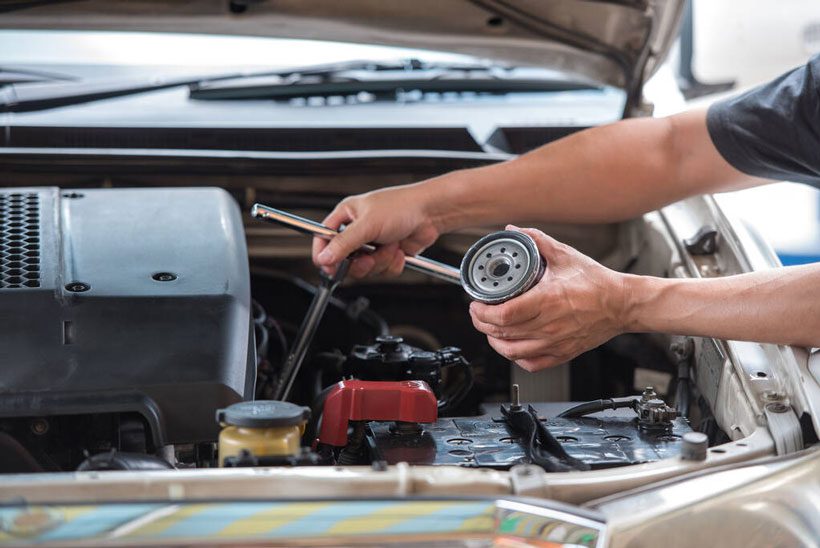
Worn-Out Engine Bearings
The engine bearings are designed to support the crankshaft and connecting rods, which allows them to move freely. Over time, these bearings can wear out due to friction and heat. When this happens, it can result in metal-to-metal contact, which can cause low oil pressure.
Check out this YouTube video on the causes of low oil pressure
Consequences of Driving With Low Oil Pressure
Here are some of the potential consequences you might face driving with low oil pressure.
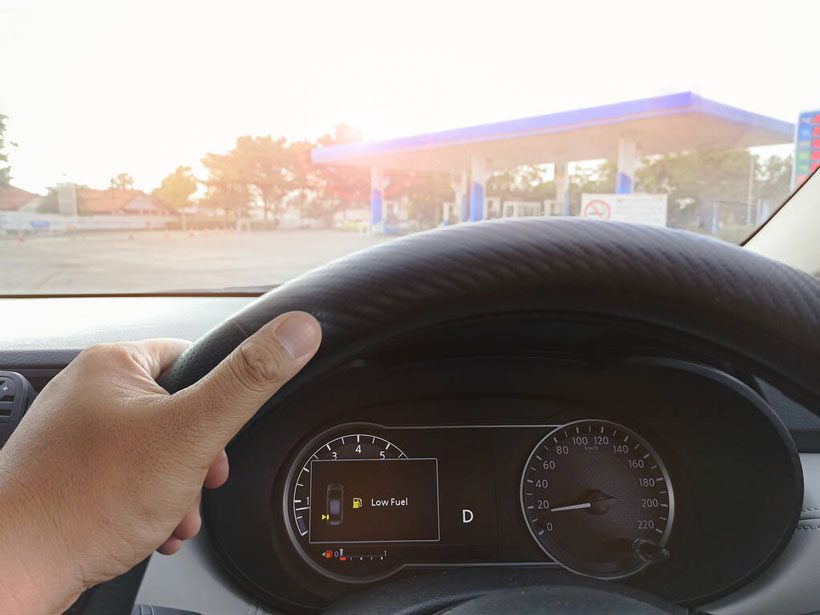
Increased Risk of Engine Damage
Oil is critical to lubricating the engine’s moving parts, and low oil pressure can result in insufficient lubrication. This can cause increased friction between the engine’s moving parts, increasing wear and tear on the engine components.
Over time, this can lead to engine damage, including worn bearings, damaged cylinder walls, and even engine failure.
Risk of Engine Overheating
Oil helps to dissipate heat generated by the engine. If the oil pressure is low, it may not circulate through the engine to adequately dissipate heat. This can result in engine overheating, which can cause further damage to the engine.

Possible Engine Failure
If the engine is not receiving sufficient lubrication, it can cause parts to wear out more quickly, leading to potential engine failure. This can happen suddenly and without warning, leaving you stranded and needing costly repairs.
Costly Repairs and Replacements
If you continue to drive your vehicle with low oil pressure, it can lead to costly repairs and replacements. Replacing worn engine components, repairing engine damage, or even replacing the entire engine can be expensive.
Actions to Take When Your Car Shows Low Oil Pressure
If your vehicle’s low oil pressure warning light comes on or notices other signs of low oil pressure, such as engine knocking or ticking sounds, you should take the following actions.
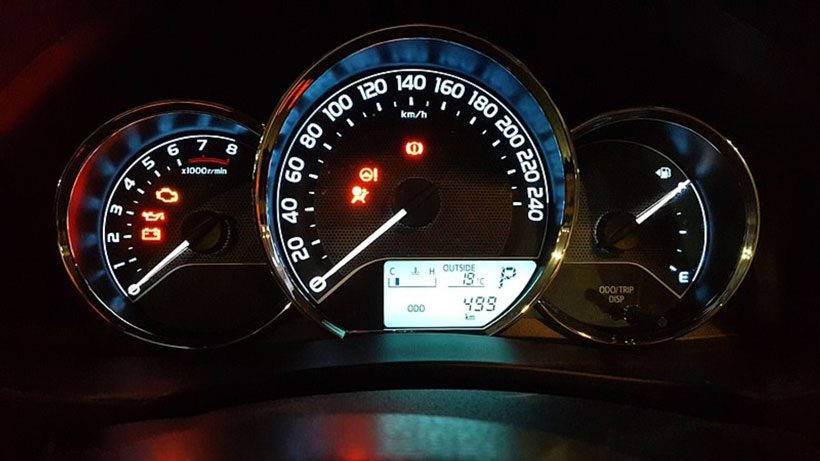
Stop Driving
When you notice low oil pressure, pull over to a safe location and turn off your engine. Continuing to drive with low oil pressure can cause significant damage to your engine and lead to expensive repairs.
Check Oil Level
Check your oil level using the dipstick. If the oil level is low, add oil immediately. The problem may be with your oil pump, oil filter, or another engine component if the oil level is sufficient. In this case, it is best to call a professional mechanic.
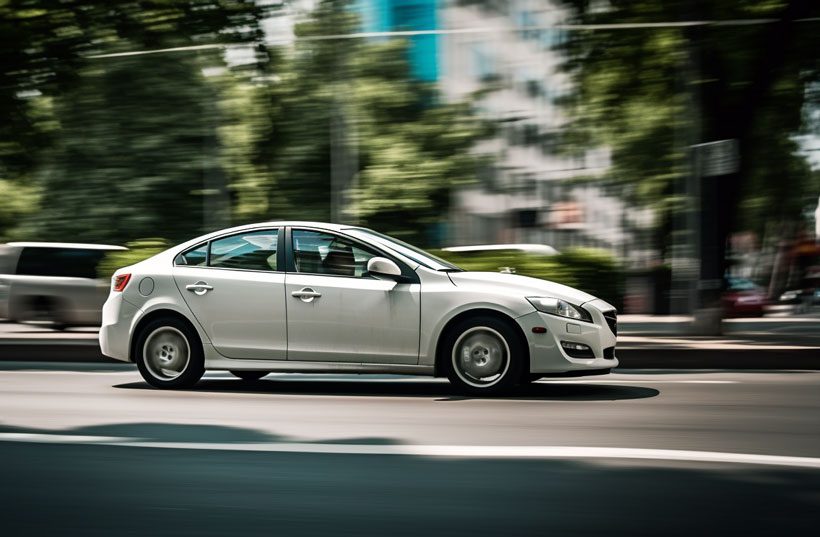
Inspect the Oil Pressure Sensor
If the oil pressure sensor is faulty, it can cause false readings on your dashboard. Inspect the sensor or have it inspected by a professional mechanic.
Temporary Measures for Emergencies
Sometimes, you may find yourself in a situation where you need to drive your car with low oil pressure. While this is not recommended, if you must do so, here are some temporary measures you can take
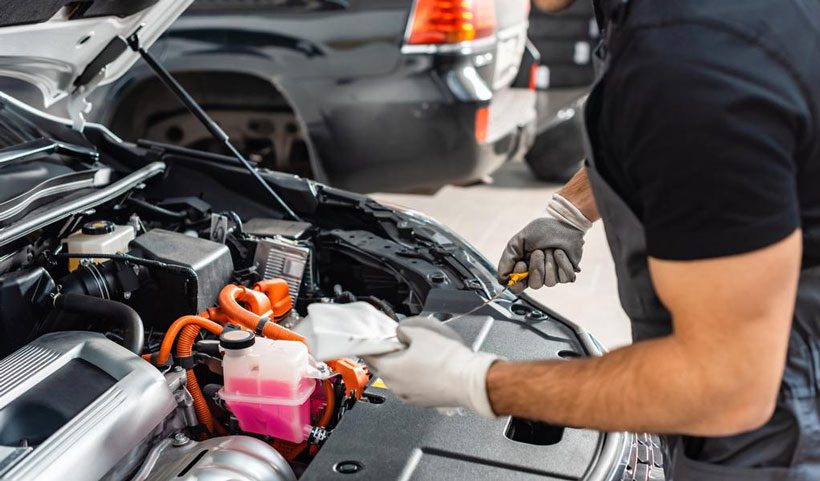
- Add oil: If you have extra quarts of oil, add it to the engine until it reaches the recommended level.
- Use a thicker oil: A thicker oil can help to increase oil pressure and provide better lubrication to the engine. However, it is not a permanent solution and should be used only in emergencies.
- Drive slowly: When driving with low oil pressure, reduce your speed and avoid sudden acceleration or deceleration.
Factors to Consider Before Driving With Low Oil Pressure
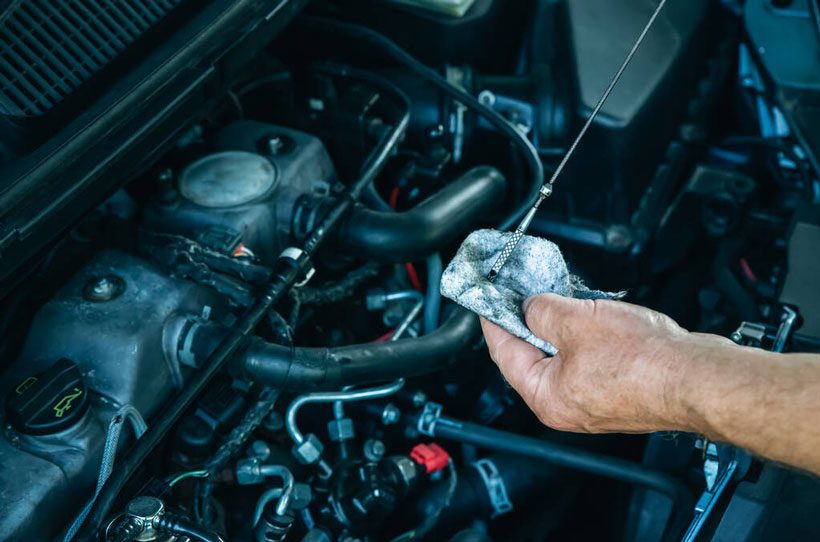
Before deciding to drive your car with low oil pressure, consider the following factors
- The severity of the problem: If the oil pressure is dangerously low, driving the car is unsafe, and you should call a professional mechanic.
- Distance to the mechanic: If you are far from a mechanic and cannot get there without driving, you may need to take temporary measures to drive the car safely.
- Condition of the engine: If your engine is already damaged or has a history of problems, driving with low oil pressure can cause even more damage.
- Type of car: Some cars are more sensitive to low oil pressure than others. For example, high-performance cars may require a higher oil pressure to operate safely.
FAQs
This section answers the common questions about low oil pressure issues. Keep reading to learn more.
Low oil pressure means that the oil is not being pumped through the engine at the proper pressure.
The best way to fix low oil pressure is to identify and fix the underlying cause. This may involve topping off the oil level, replacing a faulty oil pump or oil filter, or repairing a leak in the oil system.
It is recommended to check your car’s oil level and pressure at least once a month or before long drives.
Conclusion
While it is technically possible to drive a car with low oil pressure, it is not recommended. Driving with low oil pressure can cause significant damage to the engine and can lead to costly repairs or even engine failure.
If your car’s oil pressure warning light comes on, it is vital to stop the vehicle immediately and check the oil level and pressure. Regular maintenance and oil changes can prevent low oil pressure and keep your engine running smoothly.

